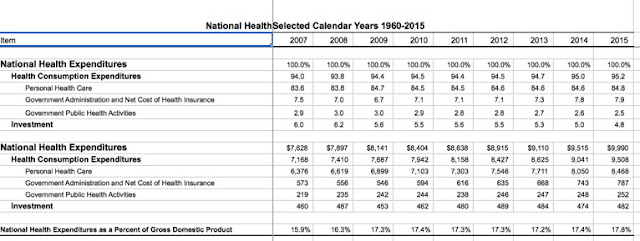Defenders make leaders
In my profession, I work with a lot of CEOs but not
necessarily a lot of leaders. When I mentioned this to a friend he asked me how
I could tell the difference between a CEO and a leader. I really did not have a
concrete answer, but recently found one. Leadership is measured by the ways in
which constituents address the leader in speech and by their actions of support. Think knights of the roundtable that dedicate their lives to the support of their king, their leader.
Leadership in Face-to-Face Interactions
Much of the work that I do is focused around coaching
companies on strategy development, execution, and benchmarking. I was recently
at a meeting where the leader clearly had everyone following but one.
When you are following a leader, you respect that leader
like one might respect a king or queen. You craft sentences that lead with
praise and throw a suggestion in at the end. For example: “The growth we are
seeing in this initiative is outstanding, but have you considered this.” The
first part of the sentence is a butterball that acknowledges the leader’s
progress. The second part of the sentence makes a suggestion in a subservient
way – asking the leader to educate or lead.
If you were not following a leader, the same sentence would
be crafted differently. For example: “You should do this so that this initiate
does not fail.”
Each sentence says the exact same thing, but the way in
which the sentence is crafted changes the tenor in a significant way. The first
part of this sentence demonstrates that the speaker is trying to lead the
leader by giving the leader a direction. The second part is a leadership threat
that indicates that if the advice is not taken, the leader will fail.
Leadership in the Courtyard
Outside of direct communication between leaders and
constituents, there is also a tremendous measure of leadership that can be
recognized in the courtyard. Lets face it, many constituents are politically
savvy enough to play nice in front of the leader. True leadership is easier to
measure when the leader is not in the room.
Out in the courtyard, people talk. And when they do, it is
easy to measure leadership. Frankly, people who are not following the leader
say disparaging things. Loyal followers are defenders and promoters of their
leader. It is very transparent. Great leadership is defined when constituents
recruit and aggrandize their leader.
In summary, business typically focuses on the things that
leaders do to become great leaders. I would submit this argument that leaders are
less measured by the things that they do, and more the measurement of the
appreciation and respect they develop their flock.



Comments
Post a Comment
Thanks a lot for leaving a comment. My phone number is 805-709-6696 if you have any questions.